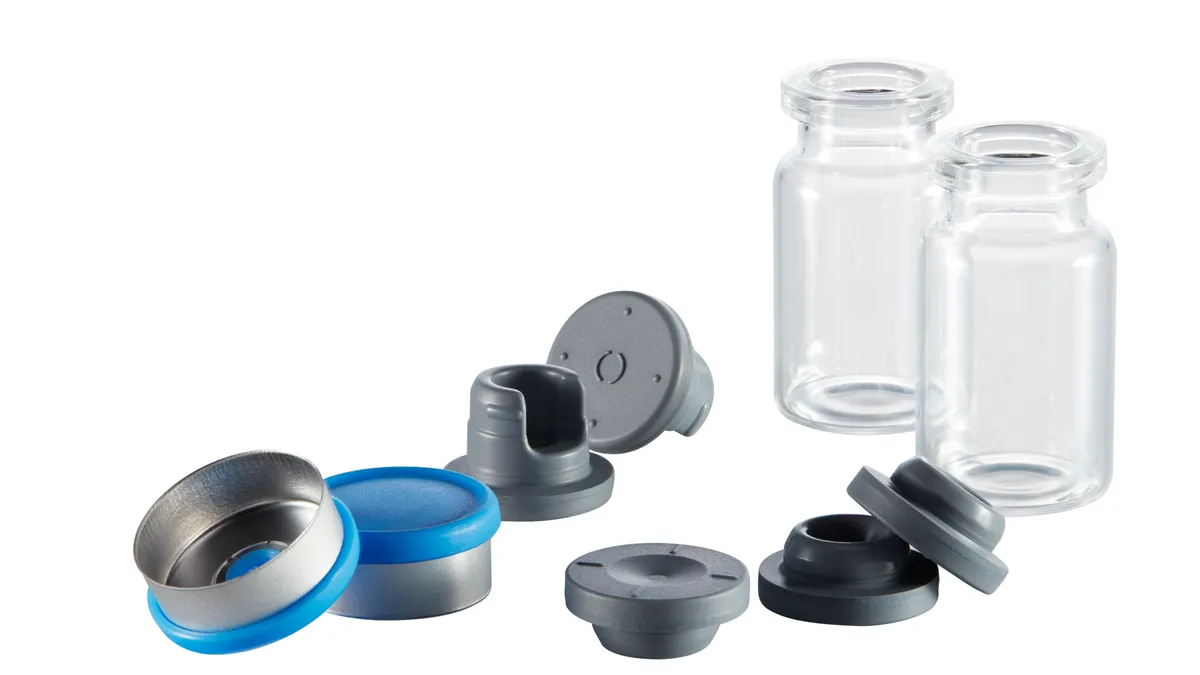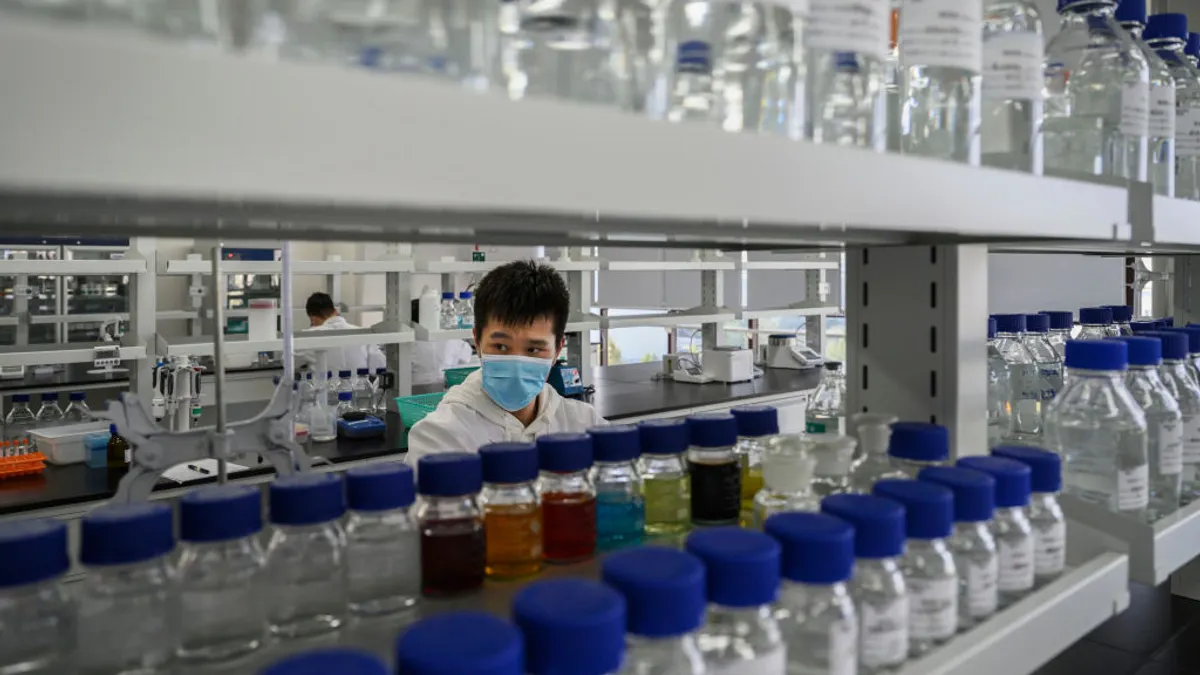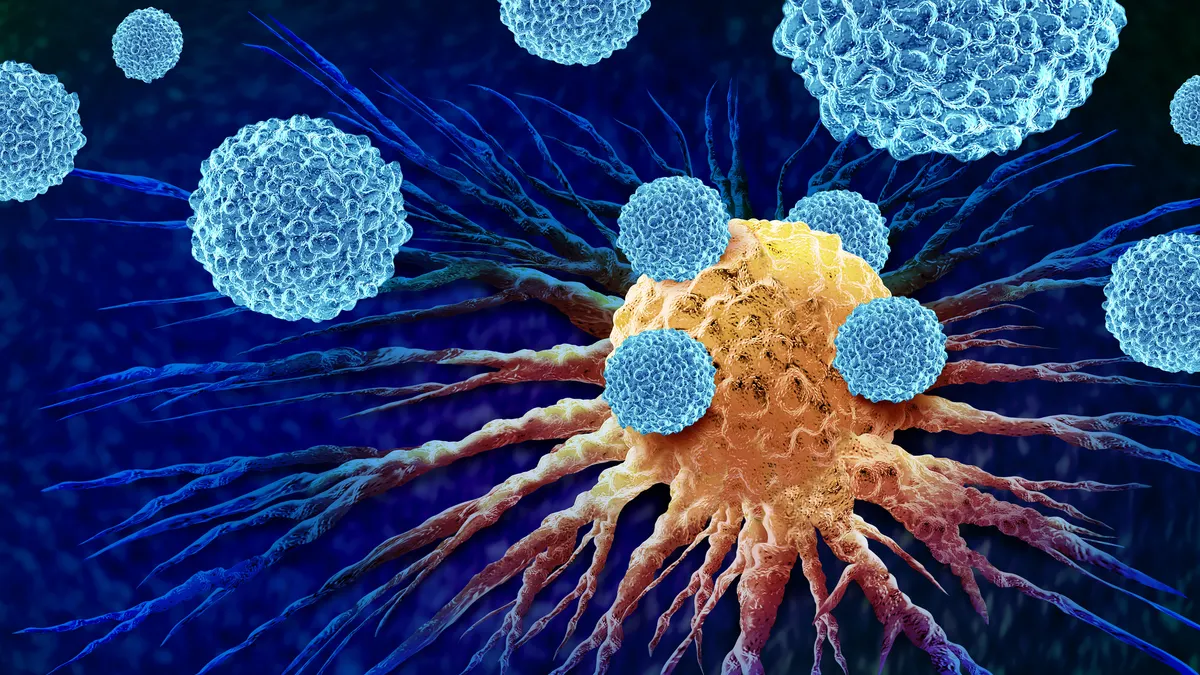In 2025, the global biopharma research and development pipeline includes nearly 24,000 drugs in development, marking overall growth of 145% from 2010. Emerging biotech companies have increasingly fueled this growth in the past 15 years. In terms of novel drug approvals at Food and Drug Administration (FDA), biotech companies account for nearly 2/3 of these approvals with 36 of 54 in 2024.¹
Start Packaging Development Early
While the drug development journey may be long and complicated with specific focus areas outlined in dedicated phases, the implications for manufacturing, packaging and drug delivery are extremely important to consider as soon as possible—within each phase.
For emerging companies, understanding the importance and implications of packaging decisions early in the process can reduce risks and prevent delays to market. After all, meeting your next milestone depends on it. The burden to ensure drug products remain sterile and stable over their expected shelf-life while complying with specific regulatory requirements set forth by FDA and other governing agencies is high. Beyond sterility and stability, selecting the right packaging is critical for patient safety.
How do companies with drugs in development choose the right packaging components?
Making the right selection can be daunting as they consider how the packaging has an impact upon the safety, efficacy and ultimate administration of their drug.
Packaging Components for a Container Closure System
What works to contain and protect one drug product cannot automatically be assumed to work for another. Therefore, it’s important to consider several factors when selecting packaging components for drug products.
What is a container closure system?
The sum of packaging components that together contain and protect a drug is referred to as a container closure system.²
Let’s consider the drug product to be a sterile injectable medicine, and the container closure system to be a vial, stopper and seal.
There are other types of packaging components that may be further classified as primary or secondary depending on contact with dosage form of the drug²:
- Primary packaging component: a packaging component that is or may be in direct contact with the dosage form.
- Secondary packaging component: a packaging component that is not and will not be in direct contact with the dosage form.
However, when bringing these components together with the drug product, it is considered a container closure system.
Proposed Container Closure System: Is it Suitable for Intended Use?
There may be risks to drug product or potential drug product effects depending on the components selected for the container closure system.
Consider these 4 principles for each vial, stopper and seal as part of the container closure system.
4 Core Principles to Contain Drug Product
1. Protection – the container closure system adequately protects the drug product
2. Compatibility – the packaging components are compatible with the drug product
3. Safety – the materials it is composed of are considered safe for use with the drug and the route of administration
4. Performance – integrity performance ensures that the drug product is safe to be administered
Each principle is connected to aspects that will ensure the most appropriate component is selected, taking into account risks to drug product quality and potential drug product effects.
Container closure systems should maintain the sterility and quality of final drug products throughout their shelf life. Therefore, it is critical to consider components with protection, compatibility, safety and performance. Accelerate your path to market keeping these core principles in mind.
West Pharmaceutical Services is a leading global manufacturer in the design and production of technologically advanced, high-quality containment for injectable medicines. At West, companies can lean into our global footprint and more than 100 years of market leadership. Contact Technical Customer Support for technical information, scientific data and product recommendations.
References:
1. Citeline June 2025: The State of Emerging Biotech Companies: Investment, Deal, and Pipeline Trends
2. US FDA Guidance Document May 1999










